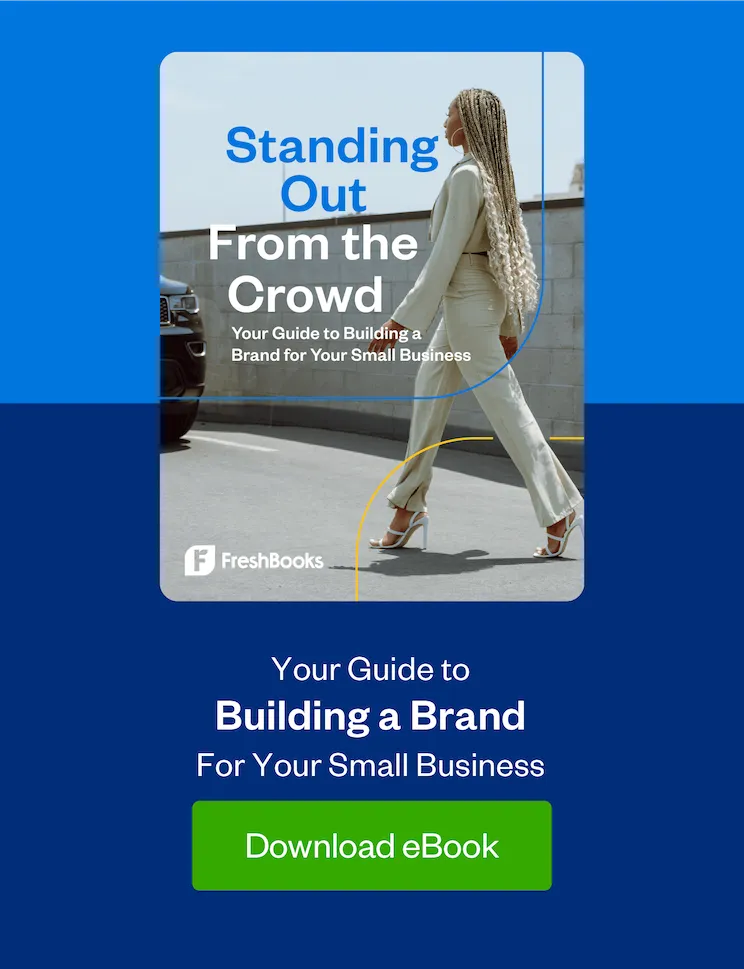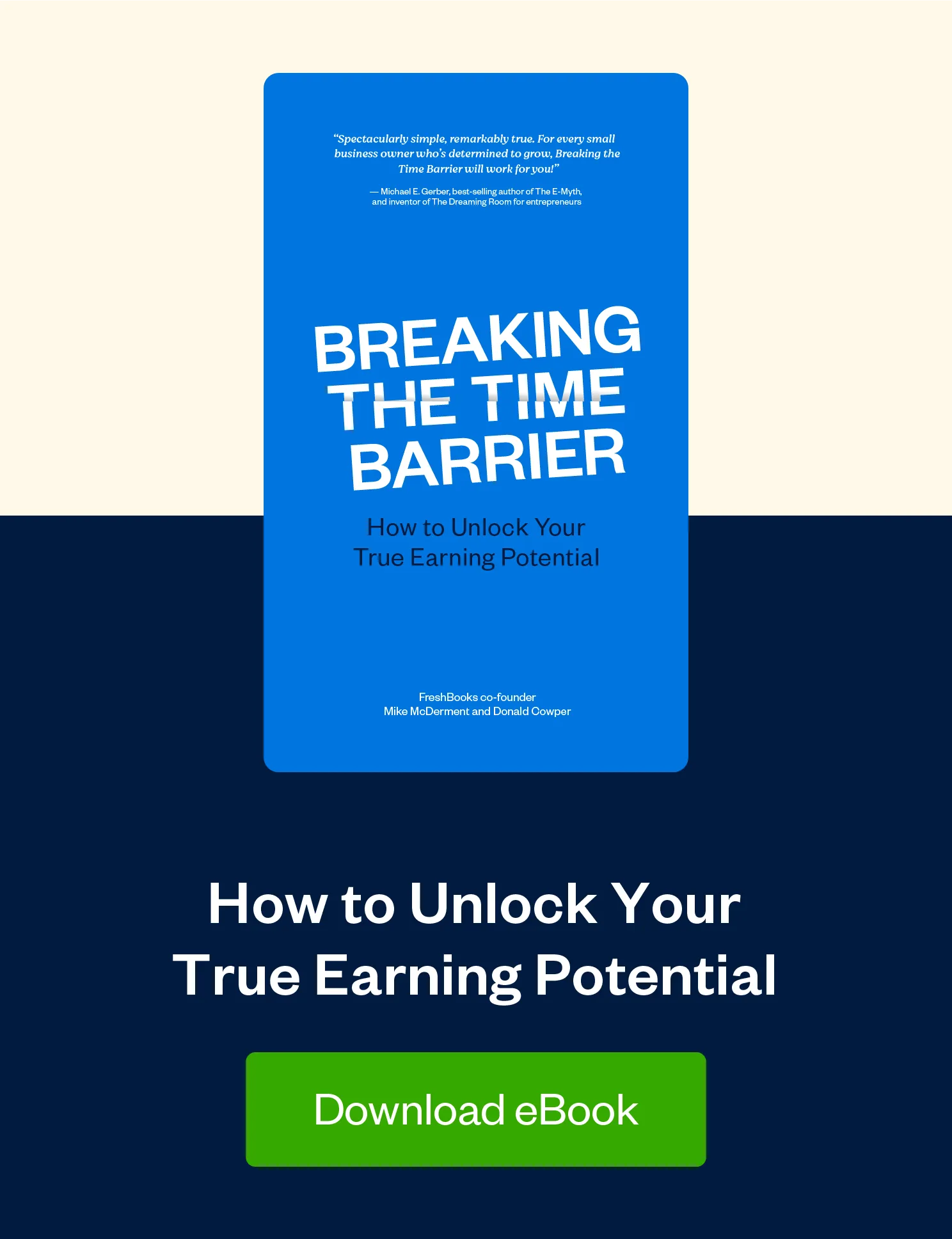Everything you need to know about moving your business online.

There’s no denying this is a challenging time for small businesses. Across the country (and the world), many businesses have been forced to shut their doors. If you’re used to doing the majority of your business in-person, you’re probably trying to brainstorm ways to drive revenue and keep your business moving forward.
Moving your business online can be an effective strategy for continuing to drive revenue for your business in the midst of the coronavirus pandemic. It can also open the doors to new, permanent revenue streams once we make it through the other side.
But if you’ve never built an online business, you probably have some questions:
- Where do you start?
- How do you move your offline business online?
- How can you start connecting with your customers and driving sales?
If you’re looking for new ways to drive revenue for your business—or if you’ve been thinking about moving your business online for some time but have been putting it off—consider this your jumping-off point. Let’s take an in-depth look into moving your business online so you have everything you need to start making the move from offline to online.
Brainstorm Your Online Business Strategy
It’s probably tempting to jump right into moving your business online; the faster you get online, the faster you can connect with your customers and drive sales.
But taking some time to plan and build a strategy will set you up for success—and make the transition of going from offline to online much smoother.
A digital strategy is like a map for your business. It lays out the path from where you are now (moving your business online) to where you want to be (running a successful, profitable online business). There are a number of factors you need to consider when building out your digital strategy and planning to move your business online, including:
- Budget. Your budget will play a huge role in fleshing out your digital strategy. Knowing how much you have to work with will help you determine the most effective way to spend those dollars and which avenues to invest in.
- Market research. Part of successfully moving your business online is figuring out how to make your offline business successful and visible online. Take some time to do market research (including scoping out the competition and seeing what questions your customers are asking on outlets like Quora or Nextdoor). You’ll get key insights into what works, what doesn’t work, and how to adjust your digital strategy accordingly.
- Defining your digital brand. In order to succeed in the digital space, you need a strong brand. So, a big part of your digital strategy should be focused on defining that brand. Ask yourself the following questions to get a clearer picture of how you want your brand to come across online:
- Who are you as a company?
- What’s your brand voice?
- How does that brand voice translate to key design elements (like your logo, brand color palette and fonts)?
- How do you want to be perceived in the digital space?
- Creating a consistent brand experience. Once you’ve defined your brand, make sure your branding is consistent across any digital platform where your customers might interact with you. For example, use your brand color palette for all your designs, like your website and social media images. Creating a consistent brand experience for your customers will drive brand recognition, trust, and loyalty—and ultimately help your business succeed online.
Once you have all these pieces of the puzzle, it becomes much easier to put everything together—and to start moving your business online in a strategic, successful way.
Figure Out How to Move Your Products or Services Online
The way you sell your products or services offline might not make sense when you move your business online. So before you start, it’s important to figure out how to translate the products or services you typically sell in-person to the digital space.
For many businesses, the transition to selling your products offline to online can be simple. For example, if you run a consulting business and typically meet your clients in person, you can just move those meetings to Zoom. If you own a clothing store, you can shift to selling your products on an e-commerce platform.
For other businesses, the translation won’t be so cut and dry—they’ll need to get a little creative. For example, let’s say you own a restaurant. In addition to offering takeout and delivery options, you might consider selling the following as products on your website:
- Your chef’s favorite recipes compiled into an e-book
- DIY meal kits of your most popular recipes
- Bottles of your famous sauce
Pricing is also something to consider when moving your business online. When it comes to products, you can typically stick with your normal pricing structure. But don’t forget to factor in additional shipping costs.
If you’re a service-based business, your pricing may change. So, for example, let’s say you own a yoga studio and decide to offer Zoom yoga classes for your students. The experience of working with a yoga teacher in-person versus online is vastly different. Students might not be willing to pay the same price for an online class as they would an in-person class—which is something you need to consider when setting your pricing structure.
The point is, the majority of businesses can move their products or services online. You just need to figure out how to transition your specific products and services—and how to price them accordingly.
Build or Revamp Your Website
Your website is your digital real estate—and if you’re moving your business online, it’s important to spend the time and resources increasing your curb appeal.
If you don’t have a website, now is the time to build one—and if you’re not 100% happy with your website, now is the time to redesign it.
When it comes to designing your website, you have a few options. If you have a web developer on your team (or you’re willing and have the budget to hire a freelance developer), you can build a custom website from the ground up. Developing your own website offers a lot of flexibility in terms of functionality. If you need something complex, this could be a good route to go down.
But developing a custom website can also be time-consuming and expensive. If you don’t need any custom functionality, a website builder with customizable templates or drag-and-drop design features (like Squarespace or Wix) can be a great way to get a functional, well-designed website—without the extra time, budget, or hassle.
Whichever route you decide to take in designing your website, here are few things to keep in mind:
- On-brand design. Again, creating a consistent brand experience across digital platforms is a must. And because your website is the digital platform that’s likely to get the most visibility, it’s the most important place to ensure your design is on-brand.
- Functionality. When you design your website, make sure it has the required functionality to conduct business online. If you’re launching an e-commerce shop, you need a digital shopping cart that allows your customers to add products to the cart as they browse your site—and then securely pay for them. If you have a consulting business and are looking to generate leads from your website, you need a form to capture email addresses.
- Responsiveness. As of 2019, more than half of all website traffic comes from mobile devices—so it’s important to make sure your website looks just as professional on a smartphone or tablet as it does on a desktop computer. When you’re designing your website, make sure it’s responsive. This means the layout changes when a visitor is viewing the website on a mobile device. (TIP: If you’re building your site from scratch, tell your web developer you want a responsive design—and if you’re using a website builder, make sure to choose a responsive template.)
Your website is the hub of your online business. Before you move your business online, make sure it’s a hub your customers want to visit.
Choose a Platform and Payment Method That Makes It Easy (and Safe!) for Customers to Pay Online
One of the most important aspects of moving your business online? Giving your customers a safe, easy way to buy your products or services.
Having secure payment options is a must when you’re running an online business. If your customers don’t feel safe making a purchase, they’re not going to buy your products or services.
Luckily, there are a ton of ways to process payments that will:
- Protect your customers’ sensitive financial information
- Make them feel secure during the payment process
- Make sure you get paid quickly
If you’re selling your products directly on your website, most of the major e-commerce players offer secure payment processing as part of their platform.
For example, Shopify has Shopify Payments, which allows you to accept credit cards and other popular payment methods directly from your website. It also has security measures in place, like payment data encryption, to protect your customers’ information.
There are also third-party options (like Square) that you can integrate directly into your website for secure payment processing.
If you don’t want to sell your products (and process the corresponding payments) directly on your website, no worries! Online marketplaces like Etsy can be a great way to sell your products to your customers. The best part: You won’t have to handle the payment processing and security internally.
Or, if you’re invoicing (for example, for a consulting fee), your customers also have the option to pay your invoice directly through FreshBooks.
TIP: When you move your business online, it’s important to keep track of what you’re selling, how much you’re getting paid and when payments are coming in. FreshBooks integrates with a variety of web and e-commerce platforms—including Shopify, Squarespace, and more—to make sure all of your sales, invoices, and payments stay organized and up-to-date.
Move Your Accounting Operations Online
Offering your customers an easy and safe way to pay is essential. But it’s not the only part of your finances you need to move online if you want the transition to be as smooth and seamless as possible.
Moving your accounting and invoicing to the cloud offers a host of benefits, including:
- An easy way for you and your team to manage the financial side of your business
- Access to your information, no matter where you are or what device you’re using
- Another safe option for your customers to pay online
TIP: FreshBooks offers features that make tracking your finances as simple as possible. From receiving and processing customer payments to sending out invoices to track time and expenses, you’ll have everything you need to manage your small business in the cloud.
Find Ways to Connect With Your Customers Online
Moving your business online is the first step—but if you want it to be a profitable journey, you need to find, connect with, and sell to your customers online.
There are many different ways to connect with your customers online, including:
- Social media. Social media can be a great way to find, connect, and start a conversation with your customers. The key is to figure out which platform makes the most sense for your business. If you have products you want to show off, a visual platform like Instagram could be a slam dunk. If you’re a service-based business, starting a YouTube channel to share your expertise might make more sense. Figure out which social media platforms are going to give you the most bang for your buck. Then start creating content that will connect with your ideal customers on those platforms.
- Digital advertising. If you have an advertising budget, digital advertising (like Google AdWords or Facebook ads) can be an extremely effective way to find your customers, deliver targeted messaging, and drive them to your website. Once they’re there, you’ll have the opportunity to convert them into paying customers.
- Neighborhood apps. If your business already has a presence in your community, you want to connect with local customers to let them know that you’re moving business operations online. Using neighborhood apps—like Nextdoor or local Facebook groups—can be a great way to find those local customers and share your message to the right audience.
Keep in mind, there’s no one-size-fits-all solution to connecting with your customers online. The right strategies for you will depend on your business, your customers, and your budget. Experiment with different methods until you find what’s best for your business. Then use those methods to continually connect with and market to your ideal customers.
Follow up With Email
Connecting with your customers online is the first step. But if you really want to drive online sales with your business, you need to continue to foster that connection.
Email marketing is a great way to keep in touch with your customers and stay top of mind. Anytime someone visits your website, you should give them multiple opportunities to opt in to your email list. For example, add a pop-up message when they first visit the website or a sign-up box at checkout after they’ve made a purchase. Then, once you have that email address, you can continue to market to them—and, ultimately, continue to drive sales for your online business.
All you need to get started is an email marketing platform (like MailChimp, Constant Contact, or Aweber). Once you have that in place, you can start sending marketing emails to your followers—and using email to drive sales for your business.
A few things to keep in mind to maximize the effectiveness of your email marketing campaigns:
- Mix things up. Variety may be the spice of life—but it’s also the spice of successful email marketing campaigns. Make sure you’re sending different types of emails to your customers, like relationship-building emails, emails announcing new products, and sales emails.
- Offer incentives. You want your emails to drive sales for your business. So why not offer your email subscribers an extra incentive to make a purchase? Things like discounts, early access to a sale, or other exclusive offers can help drive conversions and make your email marketing efforts more successful.
- Keep your email design on brand. Again, it’s important for your customers to have a consistent experience wherever they experience your brand online. That includes your emails. Make sure your email design is in line with your branding.
- Come up with creative subject lines. If you want your emails to drive sales, your customers need to actually open them. Make sure you’re putting effort into crafting the kind of creative, attention-grabbing subject lines that will convince your customers your email is worth reading.
Rely on Metrics to Make Decisions
When you’re running a business online, there are tools you can use to measure everything from how much time people spend on your website to how many people clicked on a link in your email and made a purchase. All of that data is extremely helpful in figuring out how to move your business forward.
Once you move your business online, you’ll have access to a ton of metrics. You can use those metrics to drive your decisions and business strategy. For example, Google Analytics can tell you exactly where your website traffic is coming from, which can help you decide how to spend your budget and resources moving forward.
Or let’s say you include a coupon in one of your marketing emails. Your email marketing platform can track how many people clicked on the link and then made a purchase. If you had a ton of clicks and purchases, you know that email format is a winner. If you didn’t, you know you need to change things up with your next email.
When you move your operations online, there are a ton of tools you can put in place to measure how your business is performing. You can then use those metrics to optimize your strategy, and drive sales and conversions.
Ask for Feedback
The better you can serve your customers as you move your business online, the more successful you’ll be. And the good news? If you want to know how to better serve your customers, all you have to do is ask them.
Customer feedback can give you key insights on how to improve your online business operations, straight from the people that influence your business the most: Your customers.
For example, you might think your website is easy to use—but after surveying your customers, you may find out that they find your category pages difficult to navigate. Or you might think your website design looks great—until you get overwhelming feedback from your customers that your design falls apart when they look at it on a mobile device.
The point is, when you move your business online, it needs to work for your customers. Getting feedback directly from your customers is the best way to figure out what’s working, what’s not, and how to pivot in order to make your business better.
Move Your Business Online for Good
These challenging times might have been the catalyst for moving your business online. But now that you know how to make the transition, you have everything you need to set yourself up for online success in the long-term. With this additional outlet in place, you can continue to drive revenue and opportunities, and support your business long after the coronavirus pandemic passes.

Written by Deanna deBara, Freelance Contributor
Posted on April 29, 2020

 New FreshBooks’ eCommerce Integrations Help You Transition Your Business Online
New FreshBooks’ eCommerce Integrations Help You Transition Your Business Online 7 Strategies For Diversifying Your Income
7 Strategies For Diversifying Your Income New: Features to Help Your Business Through COVID-19
New: Features to Help Your Business Through COVID-19
 Accounting Software Is Essential in Lean Times
Accounting Software Is Essential in Lean Times Finding Clients in Today’s Economy
Finding Clients in Today’s Economy How to Find and Land Repeat Clients for Your Business
How to Find and Land Repeat Clients for Your Business

![Standing Out From the Crowd [Free eBook] cover image](https://www.freshbooks.com/blog/wp-content/uploads/2022/05/Standing-Out-From-the-Crowd_eBook-Blog-Hero-Image-226x150.png)



